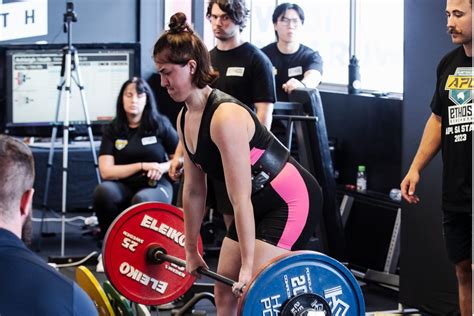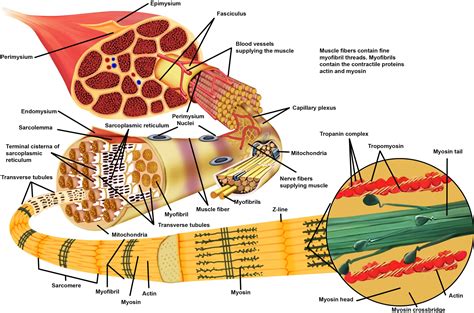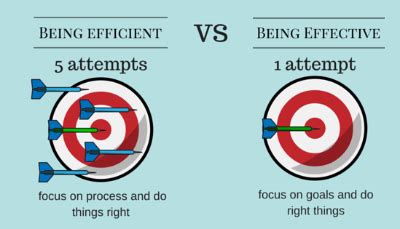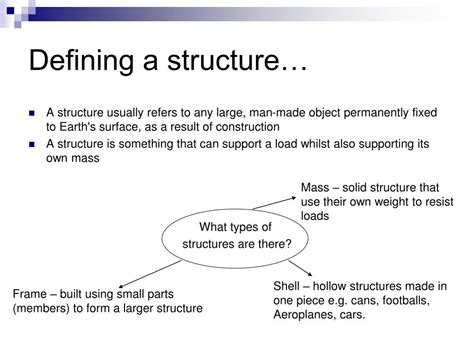Break strength plateaus: advanced tactics for peak muscle performance?

Understanding the Plateau Phenomenon
Every dedicated lifter eventually faces it: the dreaded strength plateau. That moment when your progress stalls, your lifts refuse to budge, and motivation wanes. It’s not a sign of failure, but rather a natural physiological response to consistent training. Your body adapts to the demands placed upon it, and to continue progressing, you must introduce new stimuli. This article delves into advanced tactics to shatter these barriers and propel you towards peak muscle performance.

Strategic Training Modalities to Disrupt Adaptation
Moving beyond standard linear progression requires a more nuanced approach. Here are advanced training modalities to consider:
- Periodization: Implement structured cycles of training with varying intensity and volume. This could include block periodization (accumulation, intensification, realization) or undulating periodization (daily or weekly shifts in training focus).
- Cluster Sets: Instead of performing all reps consecutively, break up your sets with short, intra-set rests (e.g., 6 reps as 2+2+2 with 10-20 seconds rest between clusters). This allows for higher quality reps at heavier loads.
- Wave Loading: Gradually increase weight over a few sets, then drop the weight slightly and build back up. For example: 5 reps (heavy), 3 reps (heavier), 1 rep (max), then 5 reps (medium), 3 reps (heavy), 1 rep (new max attempt).
- Accommodating Resistance: Utilize resistance bands or chains with your free weights. This changes the resistance profile throughout the lift, challenging muscles more effectively at different points of the range of motion.

Optimizing Volume and Intensity for Growth
While often discussed, the precise manipulation of volume and intensity is critical for advanced lifters. Don’t just add more sets; optimize them.
- Minimum Effective Volume (MEV) to Maximum Recoverable Volume (MRV): Understand your personal range for each muscle group. Train consistently within your MEV, and occasionally push towards MRV for short periods to stimulate new growth, followed by deloads to allow for recovery.
- Intra-Set Intensity Techniques: Beyond standard sets, incorporate methods like drop sets (immediately reducing weight after failure), rest-pause sets (short rest after failure to squeeze out more reps), or forced reps (with a spotter’s help) sparingly to push past momentary muscular failure.
- Tempo Training: Deliberately control the speed of your lifts. Slower eccentrics (lowering phase) can increase time under tension and muscle damage, while explosive concentrics (lifting phase) can enhance power.

The Crucial Role of Nutrition and Recovery
Without meticulous attention to nutrition and recovery, even the most advanced training protocols will fall short. These are the cornerstones of sustainable progress.
Nutrition: Ensure adequate protein intake (1.6-2.2g per kg body weight) to support muscle repair and growth. Carbohydrates are essential for fueling intense workouts and replenishing glycogen stores, while healthy fats support hormone production. Consider strategic nutrient timing, especially around workouts, to maximize recovery and performance.
Recovery: Prioritize 7-9 hours of quality sleep nightly. Incorporate active recovery days (light cardio, stretching, foam rolling) to improve blood flow and reduce muscle soreness. Stress management techniques like meditation or mindfulness can also significantly impact your body’s ability to recover and adapt.

Mindset and Consistency: The Underrated Elements
Breaking plateaus isn’t just physical; it’s also deeply psychological. Your mindset and unwavering consistency are powerful tools.
- Set Small, Achievable Goals: Instead of aiming for a 50lb PR immediately, focus on adding 2.5-5lbs to a lift or performing one more rep with good form. Celebrate these small victories.
- Track Everything: Meticulous logging of your workouts (sets, reps, weight, RPE, rest times) allows you to objectively analyze progress, identify weaknesses, and make informed adjustments to your program.
- Embrace Deloads: Don’t view deload weeks as a step back, but rather a strategic step forward. They allow your central nervous system to recover, soft tissues to heal, and prepare your body for the next intensive training block.
- Seek Expert Guidance: If you’re consistently stuck, consider consulting with a qualified strength coach. An external, objective eye can often spot issues or suggest novel approaches you hadn’t considered.
Breaking strength plateaus requires a holistic and intelligent approach. By implementing advanced training techniques, optimizing nutrition and recovery, and cultivating a resilient mindset, you can continually challenge your body and achieve peak muscle performance, pushing beyond what you thought possible.









